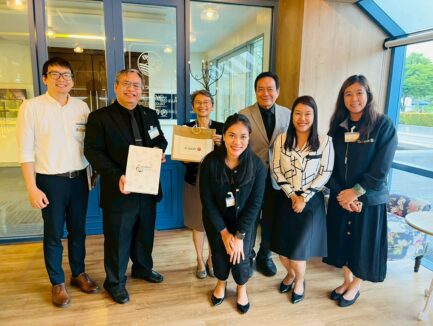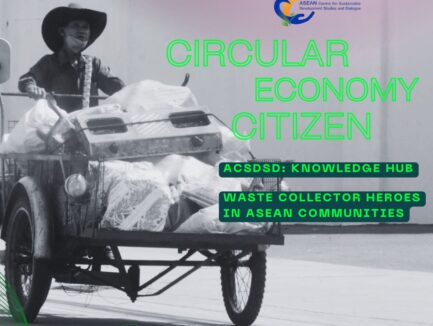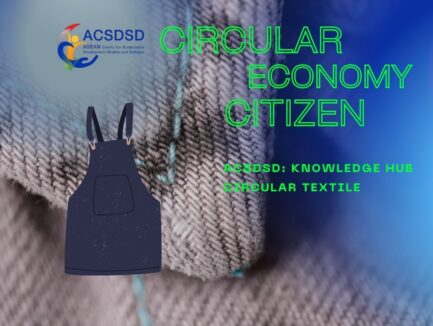Fostering resilience against climate change in ASEAN
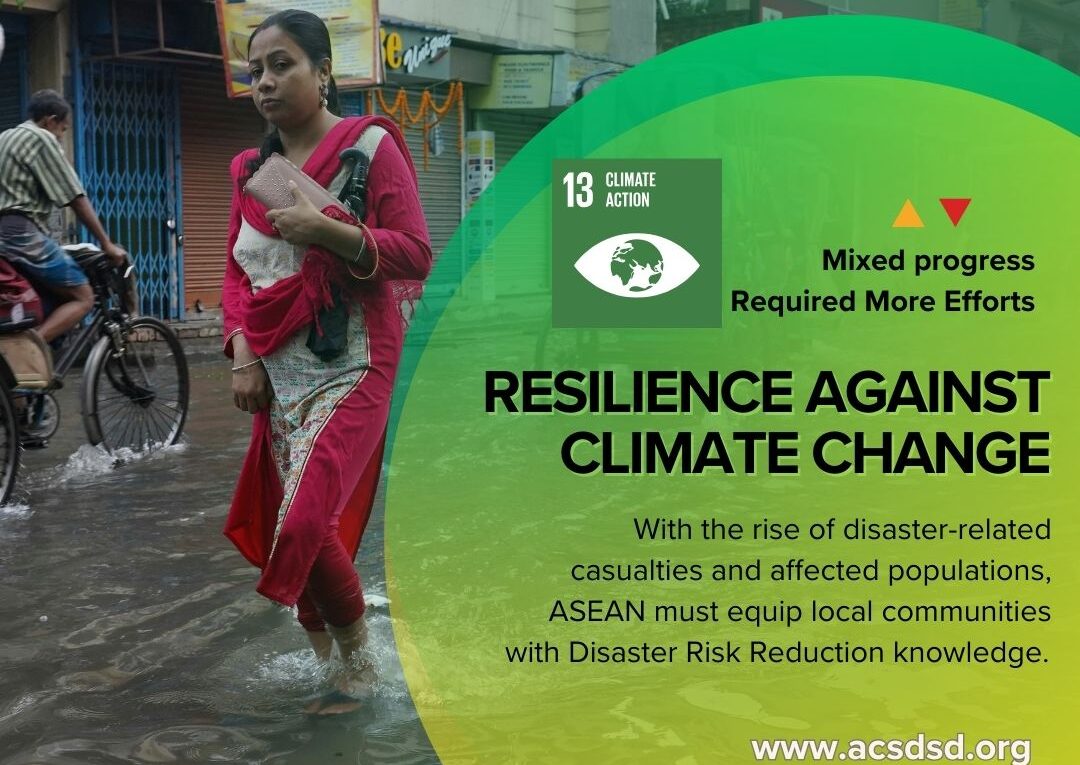
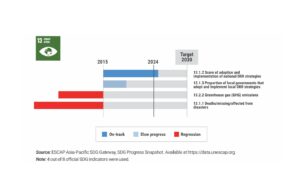
According to UNESCAP’s Asia and the Pacific SDG Progress Report 2025: Engaging Communities to Close the Evidence Gap, climate action (SDG 13) presents a mixed picture. While national-level implementation of Disaster Risk Reduction (DRR) strategies shows progress toward the 2030 targets, the region faces a sharp regression in greenhouse gas (GHG) emissions and a troubling rise in disaster-related casualties and affected populations. Critically, the report highlights that local governments are lagging in adopting localised DRR strategies—leaving communities increasingly vulnerable to climate shocks.
This regression underscores the urgent need for ASEAN to strengthen its regional resilience. To realise the ASEAN Community Vision 2045—Building a Resilient, Innovative, Dynamic, and People-Centred Future—ASEAN must accelerate the implementation of inclusive, community-based DRR strategies. Climate resilience is not only a safeguard against escalating risks; it is a prerequisite for sustainable development, economic stability, and human security across the region.
Moreover, achieving a truly people-centred future requires governments to deepen engagement with civil society and local communities. Empowering these actors to co-design and co-implement climate solutions will close the evidence gap, foster trust, and ensure that resilience efforts are grounded in lived realities. In this context, ASEAN’s leadership in regional coordination and capacity building becomes essential—not just to meet SDG 13, but to protect the future of its people.
Explore the Framework on ASEAN Supply Chain Efficiency and Resilience
📘 ASEAN Complementarities Focus Areas
ASEAN Complementarities Initiatives
Infrastructure and Connectivity
Sustainable Consumption & Production
